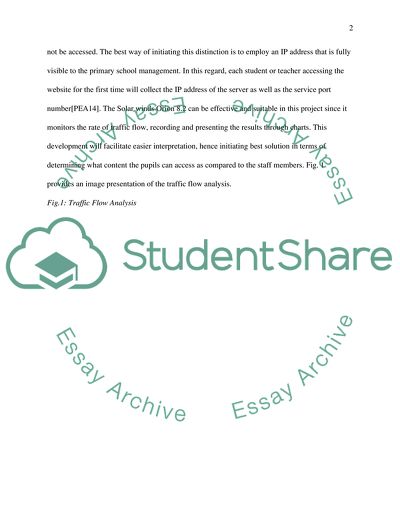Cite this document
(“Local Area Networking Technology Assignment Example | Topics and Well Written Essays - 3750 words”, n.d.)
Local Area Networking Technology Assignment Example | Topics and Well Written Essays - 3750 words. Retrieved from https://studentshare.org/information-technology/1673960-local-area-networking-technology
Local Area Networking Technology Assignment Example | Topics and Well Written Essays - 3750 words. Retrieved from https://studentshare.org/information-technology/1673960-local-area-networking-technology
(Local Area Networking Technology Assignment Example | Topics and Well Written Essays - 3750 Words)
Local Area Networking Technology Assignment Example | Topics and Well Written Essays - 3750 Words. https://studentshare.org/information-technology/1673960-local-area-networking-technology.
Local Area Networking Technology Assignment Example | Topics and Well Written Essays - 3750 Words. https://studentshare.org/information-technology/1673960-local-area-networking-technology.
“Local Area Networking Technology Assignment Example | Topics and Well Written Essays - 3750 Words”, n.d. https://studentshare.org/information-technology/1673960-local-area-networking-technology.


